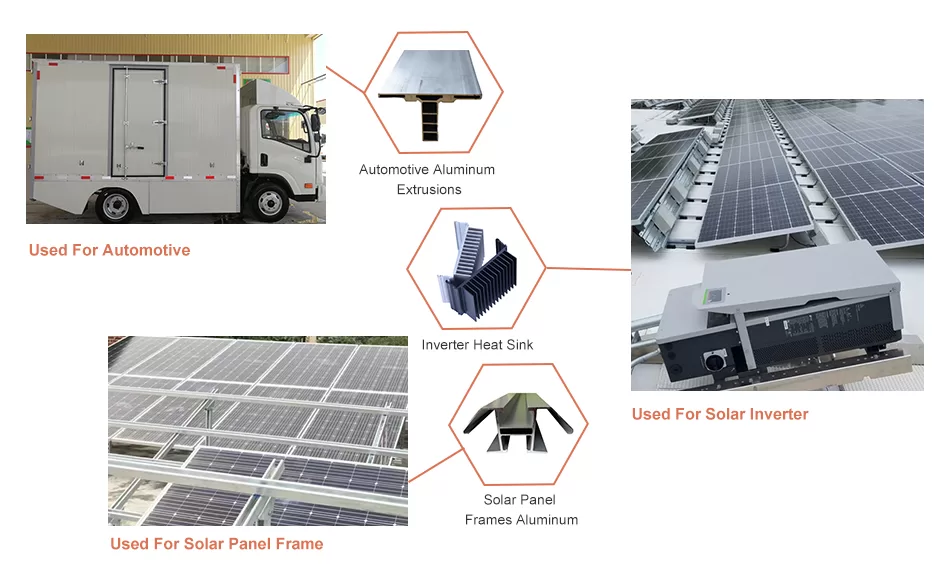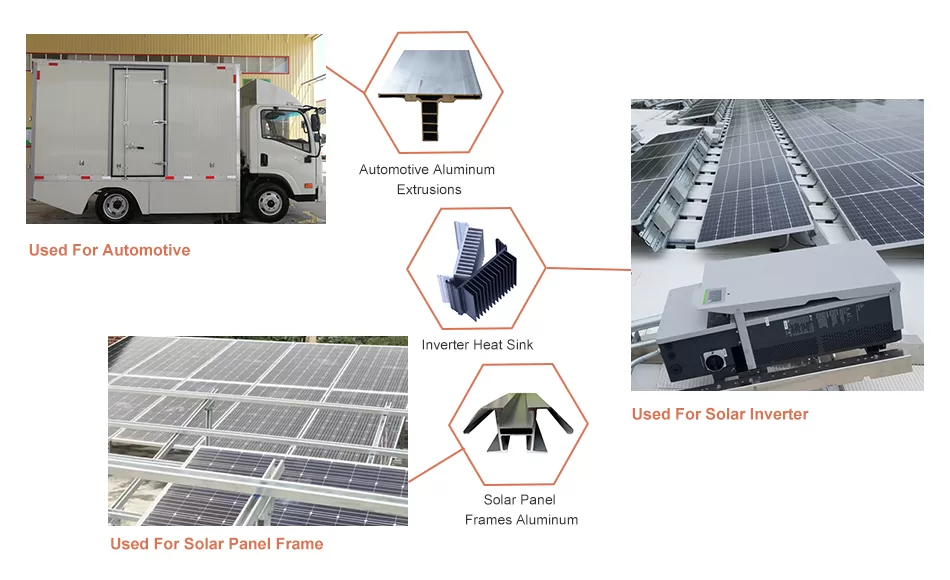The Production Process of 100mm Aluminium Tubes: A Comprehensive Overview
Aluminium tubes, particularly those with a diameter of 100mm, find extensive applications in industries such as construction, automotive, and aerospace. The production of these tubes involves meticulous steps to ensure dimensional accuracy, surface quality, and mechanical integrity. This article provides an in-depth exploration of the production process of 100mm aluminium tubes.
Casting
The production process commences with casting molten aluminium into a cylindrical shape. This can be achieved through continuous casting, where molten aluminium is poured into a mold and continuously withdrawn, or through extrusion casting, where molten aluminium is extruded through a die. The solidified billet is then subjected to homogenization and aging treatments to improve its mechanical properties and grain structure.
Extrusion
The cast billet is subsequently heated and extruded through a die with a smaller diameter than the billet. This process forces the aluminium to flow through the die and acquire the desired cross-sectional shape. The extruded tube undergoes further aging and tempering treatments to enhance its strength and toughness.
Cold drawing involves passing the extruded tube through a series of dies with gradually decreasing diameters. This process reduces the tube’s diameter and increases its wall thickness while maintaining its circular cross-section. Cold drawing imparts high precision and dimensional stability to the tube.
Annealing
Annealing involves heating the cold-drawn tube to a specific temperature and then cooling it slowly. This process relieves internal stresses induced during cold drawing and optimizes the tube’s mechanical properties, such as ductility and toughness.
Finishing
The final step of the production process involves finishing the tube to achieve the desired surface characteristics and dimensions. This may include polishing, grinding, or anodizing to improve corrosion resistance and aesthetic appeal. Tubing may also undergo heat treatment to enhance specific properties, such as strength or hardness.
Throughout the production process, rigorous quality control measures are implemented to ensure the tubes meet the required standards. These measures include dimensional inspections, surface finish assessments, and mechanical testing to verify compliance with industry specifications.
Applications
100mm aluminium tubes find widespread applications in various industries, including construction (scaffolding, railings), automotive (exhaust systems, chassis components), and aerospace (fuselage structures, wing spars). Their strength, durability, and lightweight nature make them suitable for demanding applications where reliability and performance are paramount.
In conclusion, the production process of 100mm aluminium tubes is a complex and multi-faceted operation involving casting, extrusion, cold drawing, annealing, and finishing. Each step requires meticulous control to ensure the tubes meet the stringent quality standards and performance requirements of various industries. By understanding the intricacies of this process, manufacturers can optimize production efficiency and deliver high-quality aluminium tubes for diverse applications.




